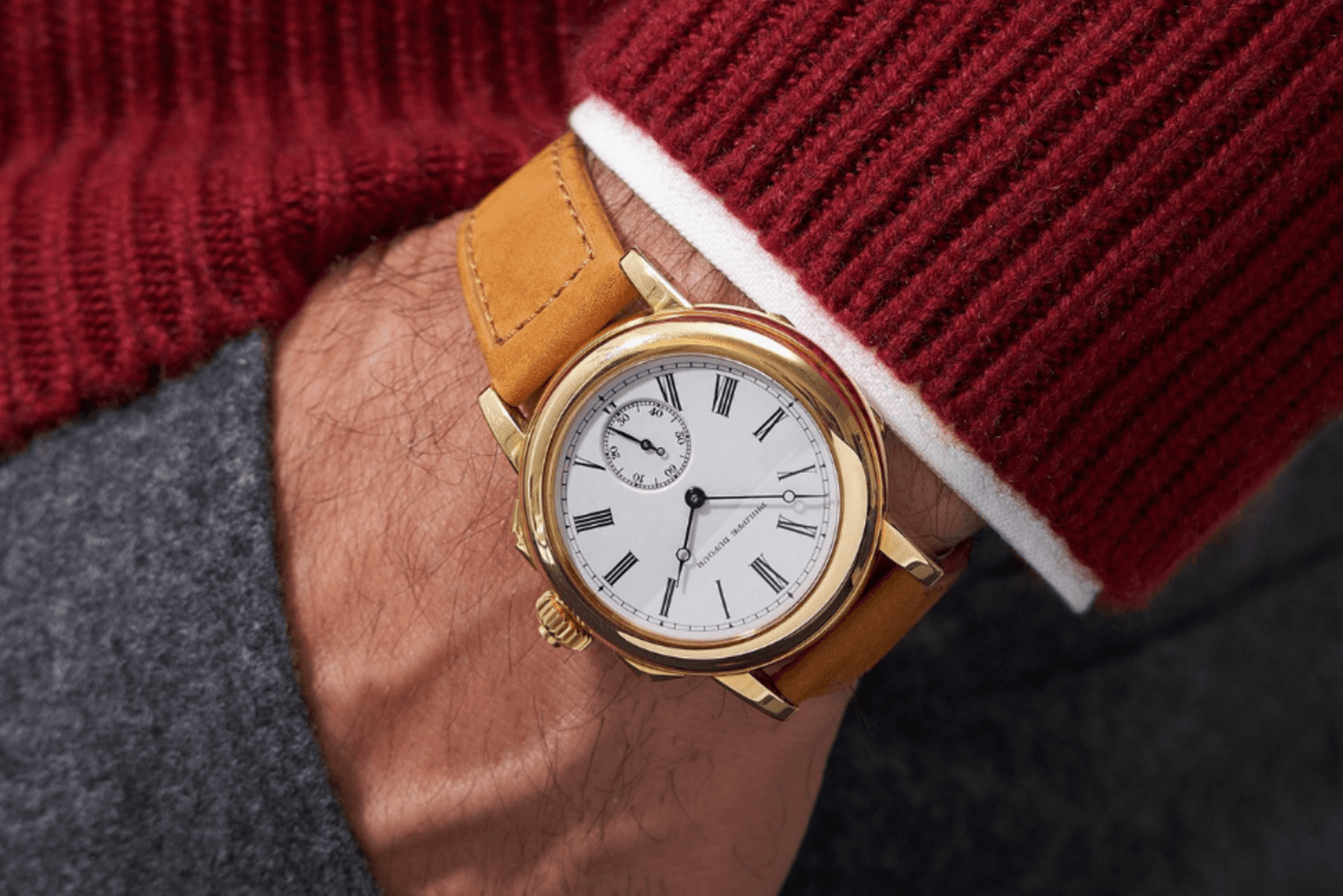
Restoration: The Underappreciated Side of Independent Watchmaking
Almost every notable name in independent watchmaking — right from Philippe Dufour to Gaël Petermann — has a background in restoring complicated antique pocket watches and clocks. We explore how the art of restoration has influenced the work of these creative geniuses
Almost every notable name in independent watching has a background in restoring (often complicated) antique pocket watches and clocks. This curious through line includes the likes of Franck Muller, F.P. Journe, Philippe Dufour, Kari Voutilainen, Felix Baumgartner of Urwerk, Denis Flageollet of De Bethune, Konstantin Chaykin, Raúl Pagès, and many from the “next generation” of independent watchmakers like Gaël Petermann, Florian Bédat and Cyril Brivet-Naudot. As you can glean, it’s a greater challenge to find an independent watchmaker who has never worked in restoration. If there’s a standard character arc in the development of independent watchmakers, the origin begins with restoration.
Here, we explore why restoration plays such an important role in the journeys of the most capable and creative watchmakers today. We spoke to Gaël Petermann and Florian Bédat from the eponymous brand, Petermann Bédat, about their backgrounds in restoration and its relation to their own creations today.
Exposure To The History Of Watchmaking
First and foremost, restoration provides watchmakers with a breadth of exposure to the history of the discipline. Like many other disciplines, the earliest days of watchmaking were a bit like the Wild, Wild West. Before methods and techniques became standardised, almost all watchmaking was fundamentally experimental, which means things were prone to be a little more eccentric, a little more unusual than today.

“Watchmakers were more akin to scientists in the 18th, 19th and even in the early 20th centuries. They were testing and experimenting without knowing in advance what effect they would create,” explain Gaël Petermann and Florian Bédat. This period of watchmaking chased the goal of more precise timekeeping and more complicated mechanics to measure and track time. The state of timekeeping then simply wasn’t good enough for watchmakers to rest on their laurels. It was a time when the demand for more advanced timekeeping was massive, requiring high levels of creativity, experimentation, and with this came more eccentricity.

For a young watchmaker, restoration opens a world of mechanical possibilities. That exposure creates a more comprehensive understanding of timepieces, complications, and stylistic differences amongst their historical creators. Falling in line with Rebecca Struthers, the English independent watchmaker, who says, “if you can make parts for other people’s watches from scratch, you can make them for yourself.”
For those who branch out to create their own timepieces, that broad exposure is often the foundation for creative ideas.

Inspiration for the future
Restoration isn’t just instructional on a wide breadth of watchmaking skills, it’s also incredibly inspirational for many independent watchmakers.
Gaël Petermann and Florian Bédat mentioned that their focus on black polishing all steel components in their 1967 timepiece stems from the restoration of chronograph minute repeater with date pocket watch.
Likewise, the iconic wandering hour indicator on Urwerk timepieces was inspired by a 17th century clock created for Pope Alexander VII. Created by the Campani Brothers in Italy, the story goes that the Pope was disturbed by the “tick-tock” of the clock in his bedroom. To solve this problem, the Campanis invented a silent escapement and an exceptionally unusual wandering hour indicator. Today, this clock is housed in the British Museum.

As a child, Felix Baumgartner was exposed to these clocks as his father’s antique clock and pocket watch restoration atelier was based out in his home. Seeing some incredibly important and unusual clocks come through his home created a lasting effect – that exposure led to the creation of a core element of Urwerk’s identity. Martin Frei and Baumgartner created the first ever miniaturized wandering time indicator on wristwatches for the UR-101 and UR-102 in 1997.

Philippe Dufour is another example of how exposure to historical exceptional timepieces inspired his own creations. Known for proclaiming, “I have invented nothing,” Dufour’s most complicated Grand Sonnerie minute-repeater was inspired by an early 20th century Grand Sonnerie by Raymond Freres. Like Urwerk, Dufour’s exposure and inspiration pushed him to create the first Grand Sonnerie minute-repeater in a wristwatch. Released in 1992, it’s considered the Holy Grail amongst grail timepieces by many collectors with as few as four ever produced (as documented by SJX in one of his stories).

Making Ends Meet
Beyond watchmaking itself, restoration also has the additional (but critical) benefit of helping independent watchmakers make ends meet.
“In the early days of developing our company, we were doing restoration work for Christie’s and that was very important to keep going,” says Gaël Petermann. Generally, it’s far easier to get started in the business of restoring and maintaining existing timepieces than to create, market, and sell new ones. Sometimes, it’s the only way for independents to financially support their workshops.
In the character arc of many independent watchmakers, restoration is often the first domino to fall in a line of events that push the discipline forward. It opens watchmakers up to a vast world of possibilities, the exposure often sparks a creative fire, and that creativity leads to the rejuvenation of the discipline. On top of that, it’s often a necessary commercial component of starting and running an independent watch brand. Restoration’s influence in modern independent watchmaking is so far-reaching that it’s nearly omnipresent.
Editor's Note: The banner image for this story is credited to Andy Pilsbury for Struthers Watchmakers.
